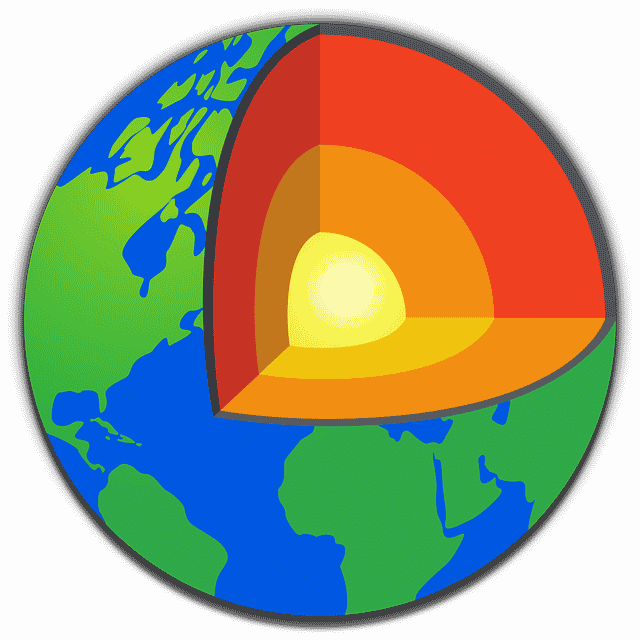
Geodynamics studies the changes that occur in the Earth's crust .
The analysis of the changes that occur in the crust of planet Earth is known as geodynamics . This study, which is developed within the framework of geology , contemplates both the causes that lead to these modifications and the effects of these alterations.
It is possible to distinguish between external geodynamics (which refers to exogenous processes of the Earth's crust) and internal geodynamics (linked to endogenous processes). In this context, geodynamics works with different agents that affect variations.
External geodynamics and internal geodynamics
In the case of external geodynamics, the intervening agents are external to the Earth's surface. These are generally climatic factors such as water or wind , which interact with the outermost layers of the planet. These agents usually alter the relief, eroding it. Human beings , animals and plants are also involved with external geodynamics.
Internal geodynamics, for its part, focuses on the changes registered in the internal structure of the planet, caused by forces whose action occurs within the Earth . The movement of magma , the formation of igneous rocks , earthquakes and geological faults are among the issues studied by geodynamics of this type.

Internal geodynamics focuses on the changes that occur in the internal structure of the Earth.
Prospecting techniques
The development of internal geodynamics is supported by a series of techniques called geophysics or prospecting . The science known as geophysics is that which focuses on the observation of the Earth, taking into account the principles of physics to study the phenomena that are linked to its evolutionary history, its structure and its physical conditions. Among the techniques of this type that are most frequently used in the field of geodynamics are the following:
* High precision GPS ( Global Positioning System ) measurements;
* seismology , a branch of geophysics focused on studying earthquakes and the way in which seismic waves that occur inside and on the surface of the planet propagate;
* structural geological studies following specific steps and techniques that allow obtaining highly precise data;
* record of the date and time of the rock samples obtained;
* computer simulation of processes .
Advances in the field of internal geodynamics
Between the 1960s and 1980s the most significant advance for internal geodynamics took place: scientists accepted plate tectonics (also called geotectonics ), a concept based on the theory of continental drift . The latter was developed by the German geophysicist Alfred Wegener in 1912 and describes the displacement of continental masses, focusing on the relationship that each of them had with the others.
On the other hand, we have the concept of internal geodynamic agents , those that arise in the asthenosphere (the highest area of the Earth's mantle ) or in the upper mantle (the inner layer of the planet that is closest to the surface). In general, these agents produce an increase in the relief of the Earth's surface, since they act from its interior, and have the power to generate displacements opposite to the force of gravity. There are also internal magmatic agents (the rocks that arise when the magma cools and solidifies) and external ones (the magmas that reach the surface).
It can be said, in short, that geodynamics studies formation and degradation processes that determine the characteristics of the Earth's crust, such as the relief and distribution of land and seas . As the name indicates, geodynamics develops with a dynamic model on a global scale, since the Earth changes according to how the endogenous and exogenous processes in question develop.
